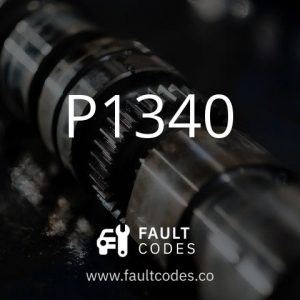P1340 Fault Code
You can find information about the P1340 fault code on this page.
BE WARNED! This particular code can mean a different thing depending on what make the car is, check below.
Manufacturer-Specific Meanings
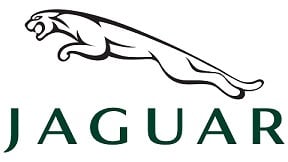
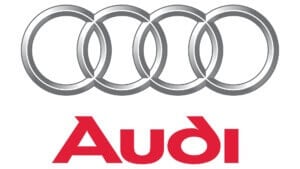
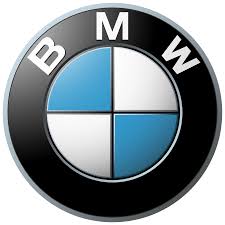
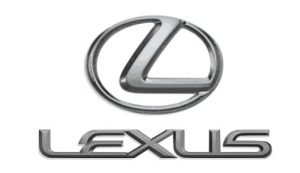
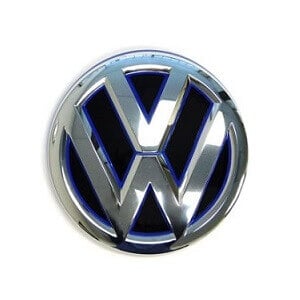
Looking To Fix This Yourself?
By using a workshop/repair manual you could diagnose and even fix this issue yourself.
You can find a collection of free manuals containing loads of information specific to your car on our partner site.
View Workshop/Repair/Service Manuals »Detailed Manufacturer-Specific Explanations
Jaguar – CAMSHAFT POSITION SENSOR 2, BANK 2 – CIRCUIT MALFUNCTION
For Jaguar, P1340 is logged when the powertrain control module (PCM) has detected an issue with the circuit for the camshaft position (CMP) sensor 2 in bank 2 of the engine.
Sensor 2 refers to the sensor that is located on the exhaust camshaft. Bank 2 refers to the side of the engine opposite the location of the first cylinder.
The CMP sensor is responsible for continuously monitoring the position of the camshaft and relaying this information to the PCM.
The camshafts need to be meticulously in time with the various other shafts like the intake camshaft and crankshaft to ensure the proper function of the engine.
See generic codes: P0340, P0341, P0390
Audi – CRANKSHAFT/CAMSHAFT
For Audi, P1340 is logged when the powertrain control module has detected an issue with the signals from the crankshaft position (CKP) and the camshaft position (CMP) sensor.
The shaft position sensors send information to the PCM regarding their position. The PCM monitors the position of all shafts to ensure that the signals are corresponding, indicating that they are in time with each other.
The timing of the various shafts is incredibly important in terms of the safe and optimal operation of the engine.
This code can mean that either the sensor circuits contain a malfunction or that the shafts are in fact out of alignment, which is a serious problem.
See generic codes: P0016
BMW – MULTIPLE CYLINDER MISFIRE DURING START
For BMW, P1340 is logged when the powertrain control module (PCM) has detected an issue with more than one cylinder misfiring during the ignition phase.
Misfires can be caused by many factors that affect the ideal air-fuel mixture or the heat required to cause combustion.
If multiple cylinders are misfiring during ignition, it likely means that the engine is either not receiving enough air or fuel.
Additionally, there may be multiple spark plugs that are faulty.
See generic codes: P0300, possibly P0171 or P0172
Lexus – CAMSHAFT POSITION SENSOR ‘A’ BANK 1 SENSOR 2
For Lexus, P1340 is logged when the powertrain control module (PCM) has detected an issue with the circuit for the intake camshaft position (CMP) sensor 2 in bank 1 of the engine.
Sensor ‘A’ is typically the CMP sensor for the intake camshaft. Some vehicles like Lexus have multiple CMP sensors per camshaft, this is what is meant by sensor 2. Bank 1 simply refers to the side of the engine where the first cylinder is located.
The CMP sensor continuously monitors the position of the camshaft and sends its information to the PCM.
The camshafts need to be aligned with the various other shafts like the exhaust camshaft and crankshaft to ensure the proper function of the engine.
See generic codes: P0340 and P0341
Volkswagen – CKP/CMP SENSOR SIGNALS OUT OF SEQUENCE
For Volkswagen, P1340 is logged when the powertrain control module (PCM) has detected an issue with the signals received from the crankshaft position (CKP) and the camshaft position (CMP) sensor.
The shaft position sensors send information to the PCM regarding their position. The PCM monitors the position of all shafts to ensure that the signals are corresponding, indicating that they are in time with each other.
The timing of the various shafts is incredibly important in terms of the safe and optimal operation of the engine.
This code can mean that either the sensor circuits contain a malfunction or that the shafts are in fact out of alignment, which is a serious problem.
See generic codes: P0016
Popular Fault Codes
These are the most popular fault codes that people are searching for.
